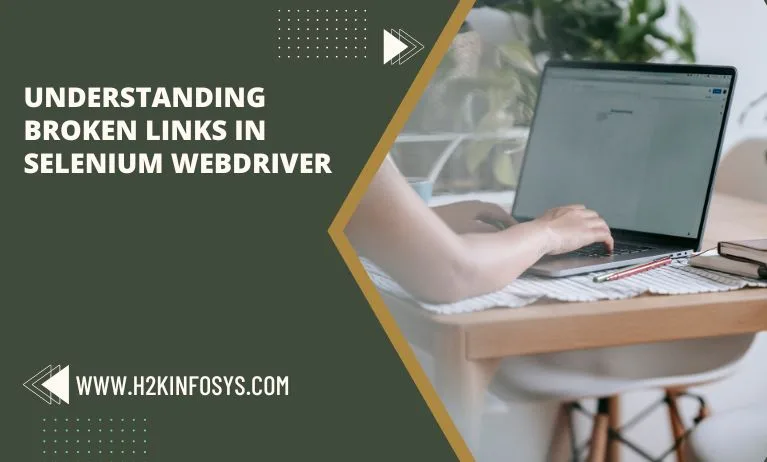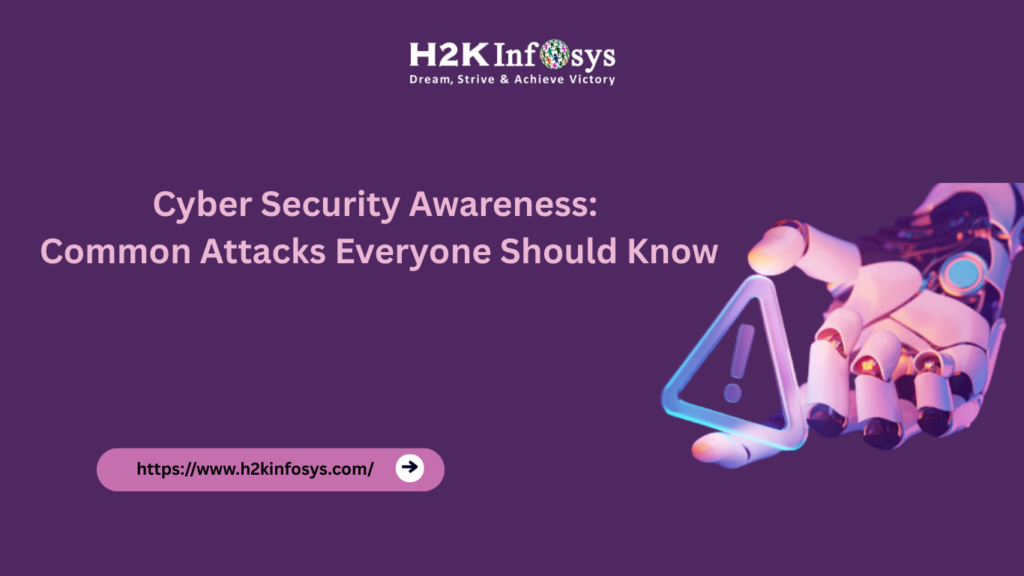Broken links can disrupt user experience and impact the functionality of a website, making it crucial to identify and test them effectively. Selenium is a tool frequently used for testing web pages and other applications, providing a comprehensive suite of testing software to ensure web elements, including links, work as expected. Selenium itself can be divided into several components, such as Selenium WebDriver, Selenium IDE, and Selenium RC, each tailored to different testing needs.
For instance, Selenium IDE is particularly user-friendly and is often used by those without a computer science background to perform essential tests like finding broken links and verifying basic website functionality. This versatility makes Selenium invaluable for comprehensive and accessible web testing.
There is no need for programming experience, just like in Selenium IDE. It can be applied easily. However, for Selenium WebDriver, programming expertise is necessary. Python and Java are two programming languages that support Selenium WebDriver. You can check out a good Selenium certification program to learn more, but here is an introduction to broken links and Selenium.
To begin with, a link is an HTML object that, when clicked, permits users to move from one web page to another. It is a way to move through the internet’s many web pages.
A broken link, also known as a dead link, does not function or does not send the user to the intended website. This typically happens as a result of the website or specific web page becoming unavailable or nonexistent. An error notice appears when a broken link is clicked.
Broken links could be the result of a server error, which would therefore prevent the related page from functioning and being shown. A URL with a 2xx HTTP status code is legitimate. Broken links, which are basically invalid HTTP requests, have 4xx and 5xx status codes.
The 4xx status code relates to an error that is client-based, while the 5xx status code usually points to a server response error.
Common Reasons for Broken Links
The user shouldn’t be directed to an error page, so you should always check the site for broken links.
If the rules are not changed properly or the server does not have the required resources, an error will occur.
Because each web page may have a huge number of links and the entire process must be done for all pages, manually checking links is a laborious task. Here are some of the reasons that can generate broken links.
Typing Error: The responsibility for broken links often falls on the coder, especially when linking two web pages within an application. Each time a link is added, it must be carefully pasted to avoid errors. Occasionally, a single character or letter is unintentionally removed or altered during the linking process, which can immediately render the link invalid.
Even a small typo, like the deletion of a letter or symbol, disrupts the URL’s integrity, causing it to lead to an error page instead of the intended destination. Such mistakes result in broken links, impacting both functionality and user experience, highlighting the need for careful link management and validation in web development.
Deleted Webpage: At times, a desired web page may be removed or relocated due to updates or changes in the website structure. This can result in one or more web pages becoming obsolete or inaccessible, leading to broken links within the site. Such issues often arise when content is reorganized, outdated pages are deleted, or URLs are modified without updating all associated links.
To resolve this, it’s essential to identify these broken links, update them, and replace the old links with the correct, current target URLs. This practice ensures smooth navigation, enhances user experience, and maintains the integrity of the website’s internal structure.
Modified Link: Sometimes, changes to the server or domain can lead to broken links on a website. Organizations may migrate their servers to new providers for cost-related reasons or upgrade to a different domain structure, which can disrupt existing links. When such changes occur, previously functional URLs may no longer connect to their intended pages, resulting in empty or void connections.
As links degrade, they can leave users facing “page not found” errors, negatively impacting both the site’s usability and SEO. Additionally, this issue can become widespread across various pages, making it essential to regularly audit and update links to reflect any server or domain changes, ensuring a smooth user experience. A Selenium Course can equip you with the skills needed to automate link checking and ensure that all links remain functional, helping to maintain site quality and user satisfaction.
Renaming the Webpage: Occasionally, the target web pages themselves undergo structural changes, which can lead to broken links. This issue often arises when pages are renamed, moved to new URLs, or reorganized within the website’s hierarchy. As a result, links that once connected seamlessly to these pages may become outdated or invalid, directing users to error pages instead.
Such disruptions can also occur when connections between related pages are altered or removed during a website redesign. Without proper updates to these links, the site’s internal navigation can suffer, highlighting the importance of regularly reviewing and adjusting links to reflect any changes in page structure or naming conventions.
Code error: When creating websites, developers may need to create a lengthy piece of code. The developers could make a mistake there for a variety of reasons. This could have devastating consequences. Sometimes faulty coding might impede the process of connecting to another webpage. This will happen repeatedly. Sometimes programmers will repeatedly paste a link to a specific website. This may also become problematic.
Different Format File: Sometimes people can download a certain file by clicking on the link. However, those files occasionally need to be updated & adjusted. The format of the file could change during the alteration. The code there will get disconnected as a result. So, the link which downloads the file to the machine is able to execute the same. This may generate a broken link.
A Broken Link: On occasion, the link’s supplier will unintentionally offer a broken link. There might not be an issue on the company’s or the developer’s end. However, inserting an incorrect link will have the same result. As a result, mistakes of this nature are uncommon. But this also contributes to the broken link issue.
Other reasons that might generate a broken link are:
- 404 Page Not Found: The owner has deleted the requested web page
- 400 Bad Request: Because the URL address provided in the link’s HTTP request is incorrect, the server is unable to handle it.
- The user’s firewall settings prevent the browser from accessing the desired web page.
- The URL contains a typo.
Conclusion
Selenium can be effectively utilized to detect broken links on a website, helping to ensure that all hyperlinks lead to active, accessible pages. To automate broken link testing with Selenium, a few key steps are typically followed. First, you identify all the links on the webpage by capturing the elements with the <a> tag. Then, for each link, you retrieve the URL and send a request using a suitable HTTP library, such as HttpURLConnection in Java, to check the HTTP response code.
If the response code indicates a failure (such as a 404 error), the link is considered broken. This process can be repeated for all links on a site to thoroughly check navigation paths. Selenium, combined with HTTP request handling, allows for automated, consistent testing of link health, making it easy to identify and fix broken links and maintain a smooth user experience. But you can learn more about Broken links in Selenium by checking out a good Online Selenium certification course.
Call to Action
Ready to dive into “Understanding Broken Links in Selenium WebDriver”? Join H2K Infosys for comprehensive training that covers everything you need to know about detecting, testing, and managing broken links in your web applications. Our expert instructors will guide you through practical techniques to use Selenium WebDriver for identifying and resolving link issues, ensuring a smooth user experience and enhancing your site’s reliability.
Whether you’re testing complex navigation paths or simple links, this course provides hands-on knowledge to strengthen your automation skills. Enroll with H2K Infosys today and take a step closer to becoming an expert in Selenium WebDriver!

























